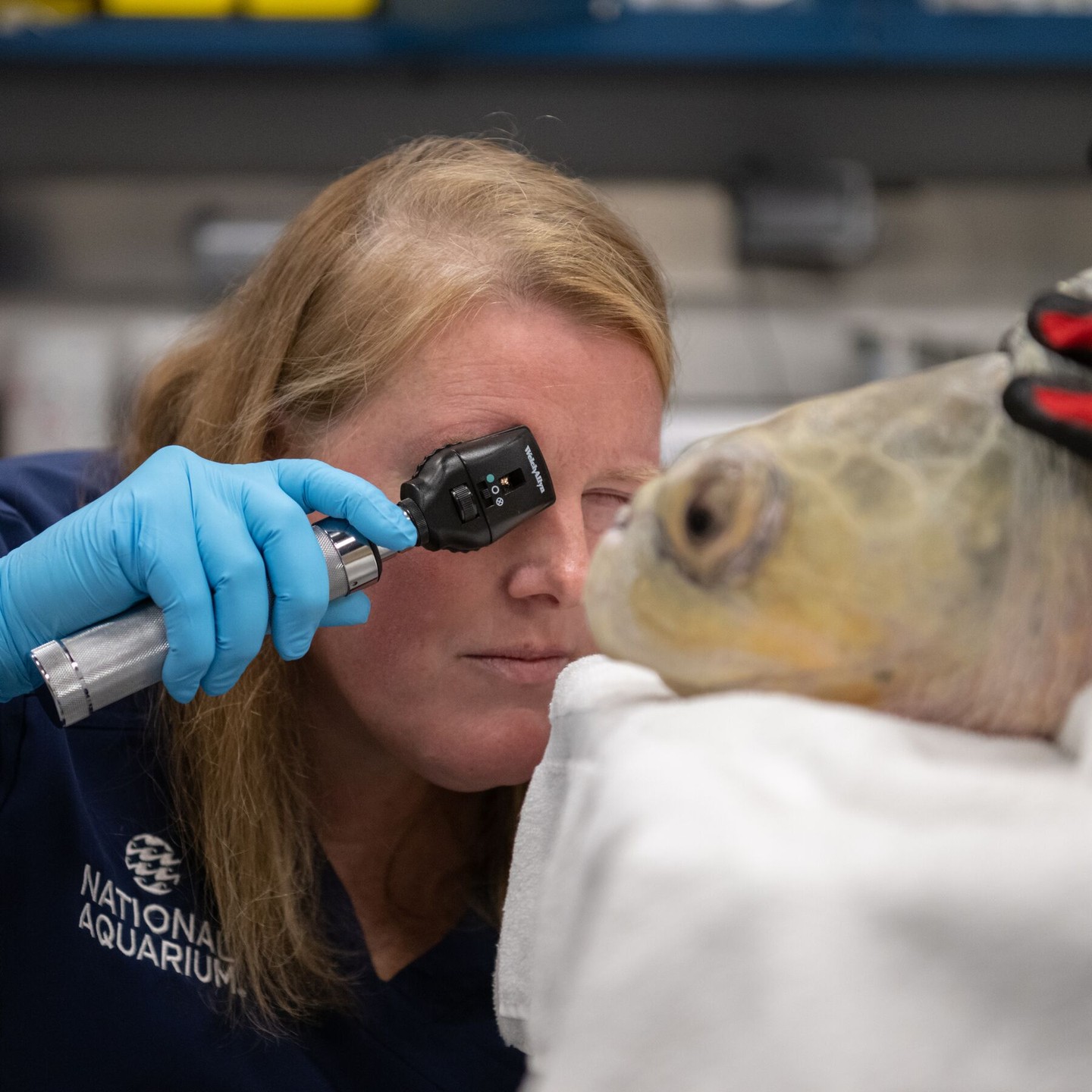- The role of veterinary staff in a zoo environment, focusing on the spontaneous nature of the job and necessity for diverse skills.
- Preventative care practices by veterinarians, with examples such as nutrition improvements and vaccinations.
- Response and medical innovation in handling abnormal clinical findings and unique challenges, like imaging through the thick armor of a shingleback skink.
- Collaborative efforts in animal care, involving vet teams, animal care staff, and outside consultants.
- Advancements in wildlife rehabilitation and conservation, highlighting cases like rescued sea turtle patients.
Veterinary professionals in zoos hold a crucial position, requiring adaptability and a wide array of skills. On World Veterinary Day, we celebrate their dedication and the spontaneous demands they face daily. The team of vets, technicians, and fellows work tirelessly to maintain a healthy environment for varied species. With about half of their time dedicated to preventative care, these professionals also develop responses to atypical clinical situations, presenting innovative solutions.
Preventative care is at the core of veterinary practice within the zoo. This involves regular health assessments and monitoring to preempt issues and ensure the well-being of animals. Improved nutrition is one cornerstone, with ongoing studies on dietary needs leading to enhancements in diet plans. This could be seen in the careful crafting of diets for species like tetras, where specific nutritional requirements must be met to maintain health. Vaccination also plays a significant part, providing a safeguard against potential disease outbreaks. By investing in preventative measures, veterinarians help animals thrive in managed care settings.
When abnormal clinical findings arise, the veterinary team acts swiftly to mitigate risks. They develop medical interventions for vocational challenges unique to zoo environments. For instance, imaging technology adaptation is crucial. Traditional methods may be ineffective with animals such as the shingleback skink, whose thick armor requires alternative imaging solutions like specialized ultrasounds. This adaptability and problem-solving prowess are instrumental in effective veterinary care.
Collaboration is central to advancing animal care. The intricate processes involved in curating optimal environments and care regimens demand coordinated efforts among veterinarians, animal care staff, and external experts. Veterinarians work closely with animal care staff, conducting joint assessments and developing cohesive care strategies. They bring in outside consultants from universities or research institutions, introducing fresh perspectives and specialized knowledge that enhance animal well-being.
Rehabilitation and conservation efforts highlight the profound impact veterinary professionals have. The rescue and recovery of sea turtles exemplify the challenges and triumphs faced. These reptiles often arrive with significant injuries requiring sophisticated interventions such as MRIs and CT scans. Through dedicated rehabilitation programs, these creatures receive comprehensive medical care and support, increasing their chances of survival and eventual return to the wild. These endeavors not only rehabilitate individual animals but also contribute to broader conservation objectives.
World Veterinary Day serves as a reminder of the diverse expertise essential to effective animal care in zoos. From preventative practices to innovative medical solutions, the work of veterinarians and their teams stands at the forefront of animal welfare. Their dedication ensures that each animal receives optimal care, contributing to the overall vision of wildlife conservation and management.
*****
Source Description
It’s World Veterinary Day! 💉 Our staff of six veterinarians, vet techs and fellows are always prepared for the spontaneity that the job requires. While about 50% of their work is focused on preventative care, they also respond to abnormal clinical findings or develop medical solutions for unique issues, such as imaging through the thick armor of a shingleback skink.
The team ensures that both long-term residents and rehabilitation patients receive the best possible care. From doing a deep dive into improved nutrition for the tetras to conducting MRIs and CTs on rescued sea turtle patients, the team works hand in hand with our animal care staff and outside consultants to advance the care of the animals, scaled, finned or feathered.


